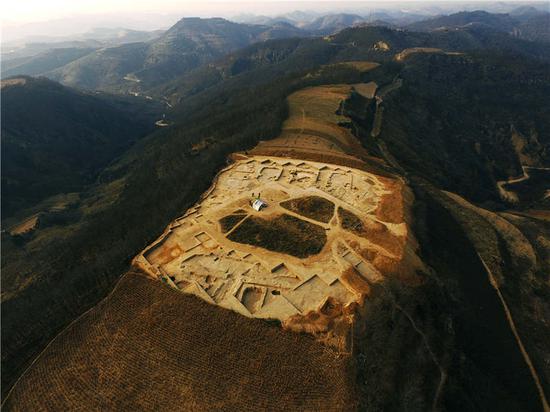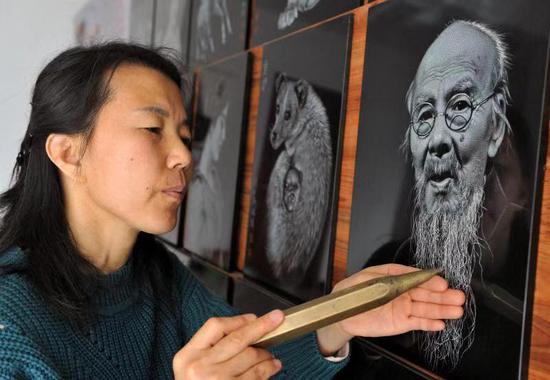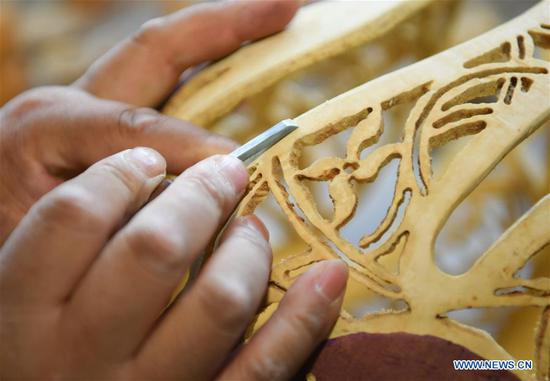New evidence strongly suggests that ancient humans occupied Northern Africa more than half a million years earlier than previously thought, adding a new chapter to the ever-changing story of our evolution.
An international team led by professor Mohamed Sahnouni and including scientists from Algeria, Spain, France and Australia, published their work on Friday.
The team said they had found "cutmarked" bones and stone tools, at two archeological levels of the Ain Boucherit site in Algeria, dating the lower level to be 2.4 million years old.
The find pushes the timeline of human occupation in the region back 600,000 years from the previous 1.8 million years which was determined by evidence from another site nearby.
Dr Mathieu Duval, an ARC Future Fellow member of Griffith's Australian Research Center for Human Evolution, contributed to date the archaeological occupations.
"We had to use a combination of different methods to date Ain Boucherit, namely stratigraphy, palaeomagnetism, electron spin resonance and biochronology," Duval said.
"The different methods provided consistent results and helped to chronologically constrain the lower and upper archaeological levels to about 2.4 and 1.9 millions years, respectively."
"Now the question is, did the method for creating the stone tools spread from earlier sites found in East Africa, or was there a simultaneous development of stone technology happening in both areas?"


















































